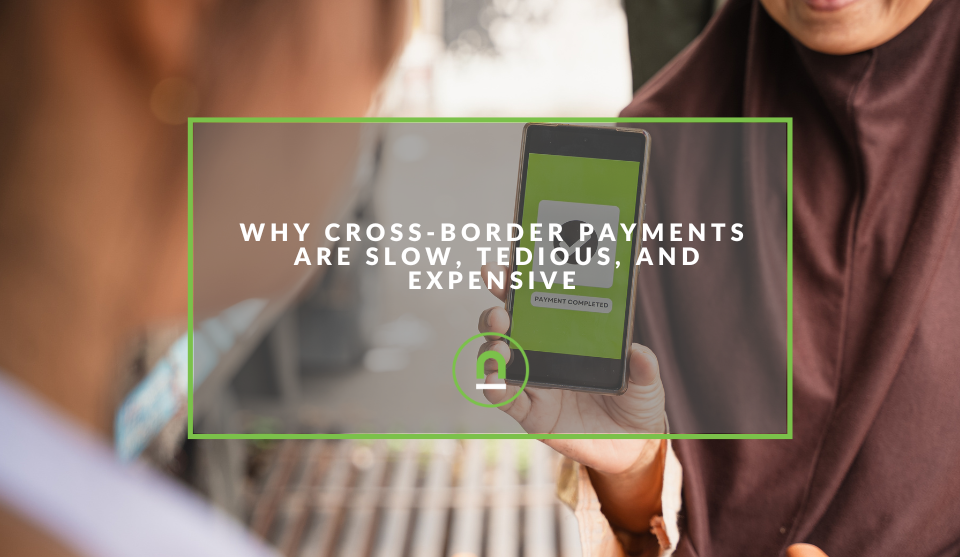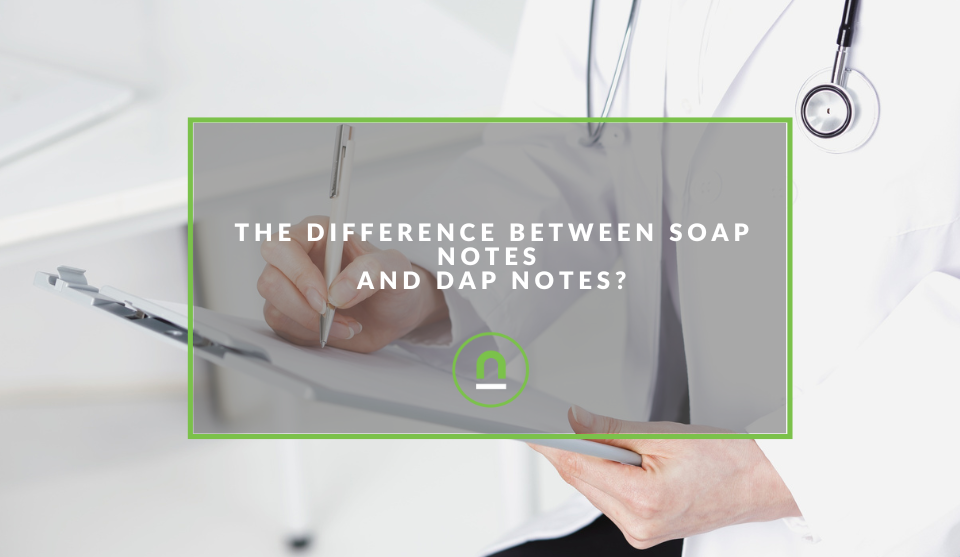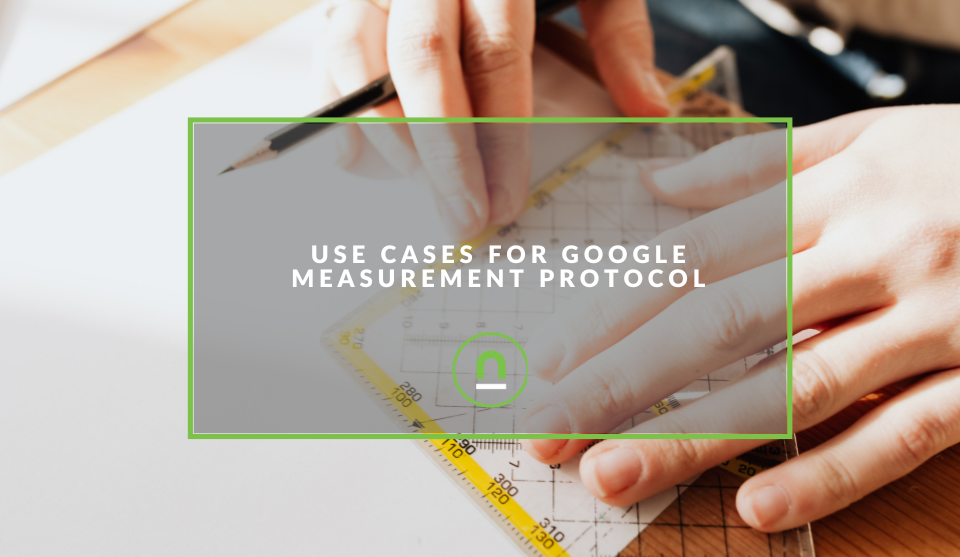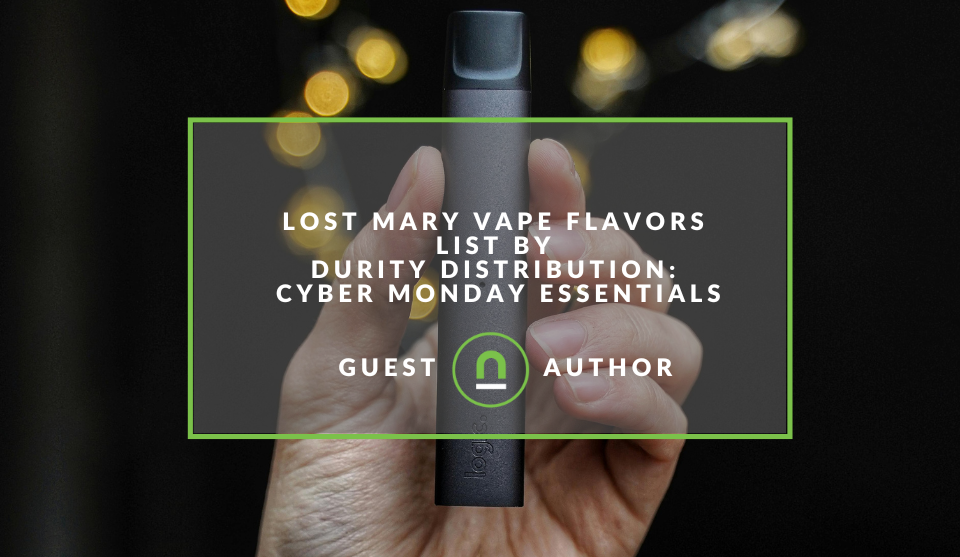Recent posts

Money Talks
Why Cross-Border Payments Are Slow, Tedious, and Expensive
17 December 2025

Money Talks
The Rise Of Trading Platforms In South Africa
16 December 2025

nichemarket Advice
The South African VAT Threshold Chokehold
05 December 2025

Doctors Orders
The Difference Between SOAP Notes and DAP Notes
02 December 2025
Popular posts
Extravaganza
Trending Music Hashtags To Get Your Posts Noticed
24 August 2018
Geek Chic
How To Fix iPhone/iPad Only Charging In Certain Positions
05 July 2020
Extravaganza
Trending Wedding Hashtags To Get Your Posts Noticed
18 September 2018
Money Talks
How To Find Coupons & Vouchers Online In South Africa
28 March 2019
4 Use Cases For Google Measurement Protocol
07 May 2023 | 0 comments | Posted by Che Kohler in nichemarket Advice
In today's data-driven business world, tracking online user interactions is crucial for understanding customer behaviour and making informed decisions. While marketers like myself make a living deep diving into these datasets, not every business is an online-only presence meaning you're only getting data from some of the business's interactions.
Let's face it; not every business is a complete online silo pushing users through their site to drive a conversion. Many businesses are omnichannel and, in doing so, leverage either third-party tools or in-person interactions.
As first-party data becomes more important to business, making sure you're capturing as many data points on your customers as possible becomes critical. Google Analytics has become the standard tracking tool for many a business, and its standard installation can handle a fair bit of your online tracking, but with some clever tweaks, it can be a hub for your offline tracking tool.
We spend so much time monitoring online traffic, yet for some businesses, offline tracking is equally important or even more important. Tracking offline interactions enables businesses to have a comprehensive view of customer interactions across both online and offline channels.
What is the Google Measurement Protocol?
The Google Analytics Measurement Protocol allows developers to make HTTP requests to send raw user interaction data directly to Google Analytics servers. This allows developers to measure how users interact with their business from almost any environment. What this means is that you can send events to your Google Analytics account like it automatically does on your website.
When you install Google Analytics on your website, it automatically tracks hits like page views and clicks, and you might have some custom events like contact form completes or eCommerce purchases. These events are attributed to interactions on your site and are set to fire accordingly.
Using the measurement protocol, you can mimic the same tracking experience and hits offline.
So how would this work in real life, you're asking? Well, here are four ways your business can leverage GA4 outside your website.
Tracking kiosk and in-store purchases.
Offline purchases, such as those made at kiosks or in-store, provide valuable insights into customers' buying behaviour, preferences, and trends. Integrating this offline purchase data with online data in Google Analytics can help businesses make better marketing and sales decisions.
To track offline kiosk and in-store purchases in Google Analytics, you can use the Measurement Protocol. The Measurement Protocol enables businesses to send offline event data to Google Analytics servers by making HTTP requests with the appropriate parameters.
When a customer makes a purchase, your Point of Sale (POS) system or kiosk can generate a unique transaction ID and send it to Google Analytics, along with other relevant data such as product details, quantity, and price.
You will send that event along with the traffic source, such as the store or kiosk location or branch, along with the product purchase details.
You could also use this same method to capture in-store sign-ups for account creation or even newsletter sign up. This way, you get a better idea of how your offline efforts are generating leads and helping your overall user churn.
Tracking chatbot interactions.
Chatbots have become a popular tool for businesses to provide customer support and streamline sales processes. Tracking chatbot interactions can help businesses understand the effectiveness of their chatbot and identify areas for improvement. This could be a chatbot on your website or a chatbot in popular messaging apps like WhatsApp or Telegram.
To track chatbot interactions in Google Analytics, you can use event tracking to record specific actions, such as when a user starts or ends a chat session or when the chatbot successfully resolves an issue, secure an email sign up or even complete a purchase.
To do this, you'll need to implement custom hits in your chatbot script pr your chatbot platform that sends a measurement protocol request to Google Analytics when specific actions occur.
Tracking CRM interactions.
Customer Relationship Management (CRM) systems are essential for managing and nurturing customer relationships and capturing those users who fall through the cracks or need more handholding. Typically CRM tools are third-party tools, white-label tools or custom tools where engagements take place via email, calls or offsite forms.
By tracking CRM interactions in Google Analytics with the measurement protocol, businesses can gain insights into customer touchpoints, measure the effectiveness of their CRM strategies, and improve customer retention.
To track CRM interactions in Google Analytics, you can export relevant data from your CRM system, such as email opens, calls, clicks, and conversions, and then use the Measurement Protocol to send this data to Google Analytics. This process may require custom development or integration with third-party tools, depending on your CRM system's capabilities.
Tracking sales reps.
Sales reps play a critical role in driving revenue and building customer relationships. Tracking their performance in Google Analytics can help businesses identify high-performing reps, optimise sales strategies, and provide targeted training and support.
To track sales reps in Google Analytics, you can create a website, chatbot or form that reps use and ping those data points to Google Analytics.
You can track how many people your sales rep has met, how many convert, and what they purchase and send all of that into Google Analytics as a custom channel and even break down the channel by campaign or rep so you have better attribution of sales rep performance.
Other dimensions and metrics to record their activities, such as calls made, meetings scheduled, and deals closed. By associating these custom dimensions and metrics with specific sales reps, you can analyse their performance in Google Analytics and generate insightful reports.
Tracking is only the beginning.
Securing these data points in Google Analytics will give you more insight into how your business operations, what channels drive leads and sales and how they interact with one another. But it doesn't have to stop there; just as you would add your Google Ads or Facebook Ad spend into your reports to work out your CPC or CPA per channel, you could do so for your offline efforts.
Let's say you had a booth at an event, and you're using the measurement protocol to track your engagements and sales. You can then import your costings into either Google Analytics or Looker Studios and get a better idea of how much each lead costs and get an idea of whether these events are worth doing in the future.
Consolidate all your channels.
Offline tracking is essential for businesses looking to comprehensively understand their customer's behaviour and preferences. By integrating offline event data with Google Analytics, businesses can make data-driven decisions and optimise their marketing, sales, and customer support efforts.
Whether you're tracking kiosk and in-store purchases, chatbot interactions, CRM interactions, or sales reps' performance, leveraging Google Analytics for offline tracking can provide valuable insights that drive business growth.
If the measurement protocol sounds like a good fit for your current business practices and you would like help building this into your service, feel free to reach out for a consultation.
Contact us
If you want to know more about digital marketing or feel this entire GA thing is too much of a bother and you need it sorted by experts, then we’re happy to assist. Simply contact us, and we can sort out your data migration for you.
Are you looking to promote your business?
Business owners can create their free business listings on nichemarket. The more information you provide about your business, the easier it will be for your customers to find you online. Registering with nichemarket is easy; all you will need to do is head over to our sign-up form and follow the instructions.
If you require a more detailed guide on creating your profile or listing, we highly recommend you check out the following articles.
Recommended reading
If you enjoyed this post and have a little extra time to dive deeper down the rabbit hole, why not check out the following posts about Google Analytics?
- How To Track Social Sharing In Google Analytics
- Get Back Your Google Analytics Account With These Simple Steps
- How To Properly Set Up Google Analytics With Shopify Sites
- Google Analytics Interaction Hit Vs Non-Interaction Hit
- How To Track Video Views With Google Analytics
- How To Track Search and Zero Search Queries In Google Analytics
Tags: Tracking, Analytics, Big Data
You might also like
The South African VAT Threshold Chokehold
05 December 2025
Posted by Che Kohler in nichemarket Advice
How South Africa's R1 Million Limit Keeps Small Businesses From Developing, And Why Even Adjusting For Inflation Alone Would Free Up Burdens On Small...
Read moreLost Mary Vape Flavors List By Durity Distribution
01 December 2025
Posted by Christine Lowe in Shopaholics
A Cyber Monday shopping guide to all the best Lost Mary Vape flavours available, brought to you by Durity Distribution in Idaho. Find the best vape f...
Read more{{comment.sUserName}}
{{comment.iDayLastEdit}} day ago
{{comment.iDayLastEdit}} days ago
 {{blogcategory.sCategoryName}}
{{blogcategory.sCategoryName}}

